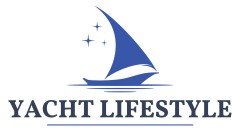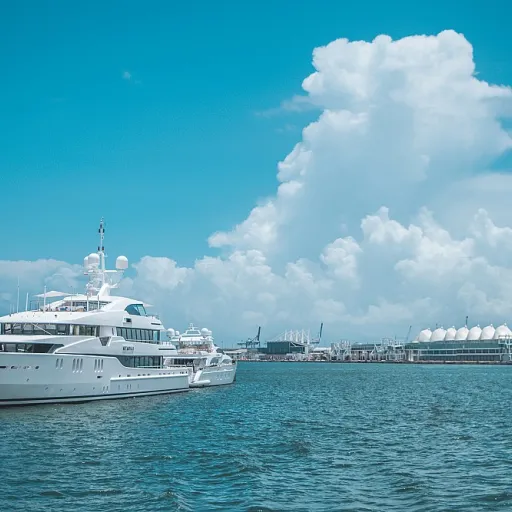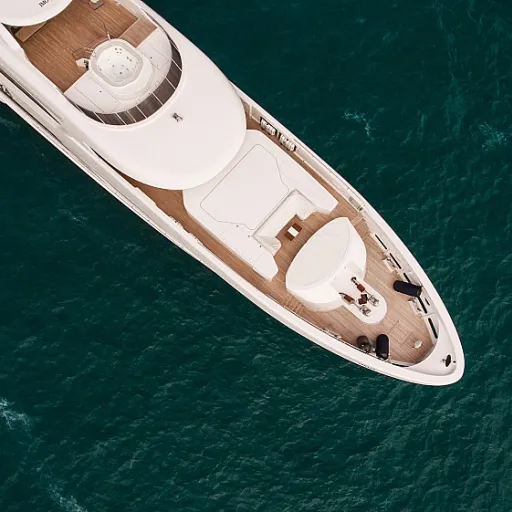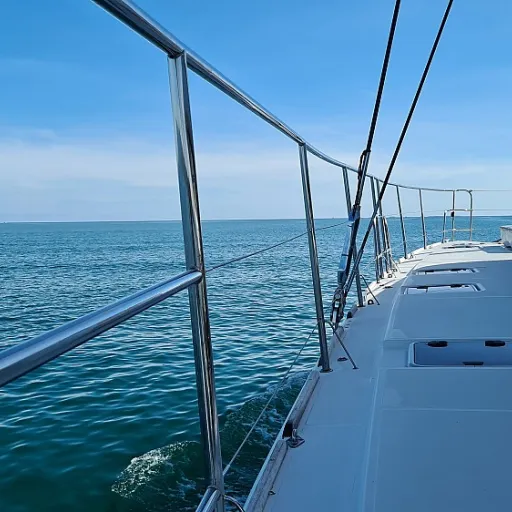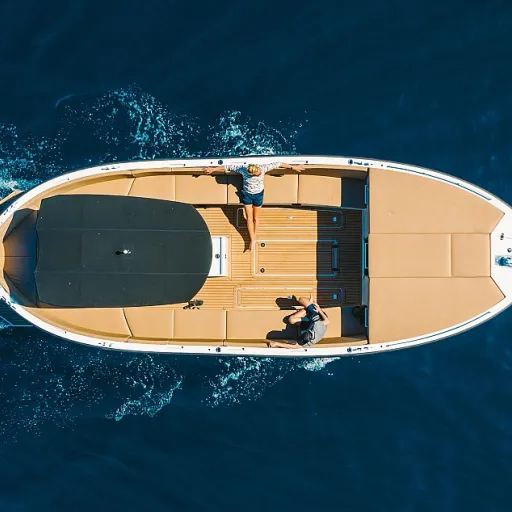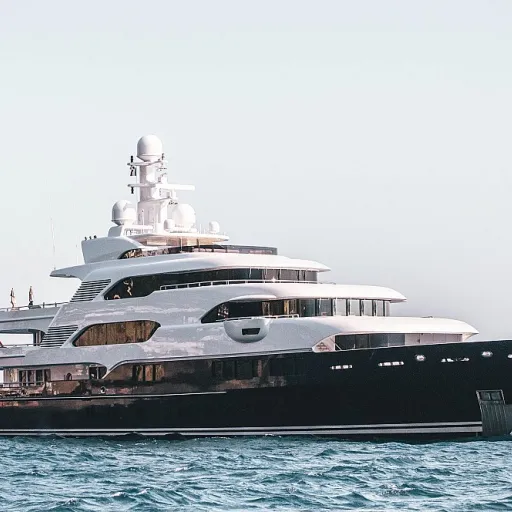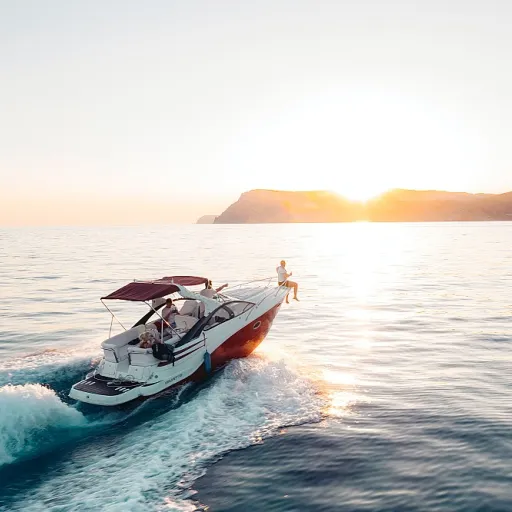The Basics of Deck Terminology
Foundational Concepts of Decking Vocabulary
Embarking on a journey across the deck of a yacht demands a comprehension of its fundamental terminology. The deck acts as an essential component, not merely providing a platform for outdoor living but also holding significance in both safety and navigation.
Understanding begins with the deck surface, which can be constructed from a variety of materials, including wood or composite decking. These materials will depend on the specific needs and preferences of the yacht owner, as each offers unique benefits in terms of durability, maintenance, and aesthetic.
Among the critical parts of a deck are its support structures. The construction involves deck joists and ledger boards that underpin the surface, ensuring stability and longevity. These components are crucial in deck building, as they keep the decking boards securely in place.
Deck railings also play a pivotal role in safety. They consist of top rails, railing posts, and horizontal rail components that form a barrier against potential falls, offering peace of mind during navigation. Moreover, support posts are integral for maintaining the integrity of the deck's structure.
For those new to yachting or looking to enhance their knowledge, familiarizing yourself with deck terminology is key. Not only does it bolster your expertise, but it also ensures you can effectively communicate and operate within this marine environment.
To delve deeper into the elements that can complement your yacht's deck design, understanding the choice of a flag pole can be beneficial. Learn more about the
importance of choosing the right flag pole for your yacht to enhance both aesthetic appeal and nautical function.
Navigating the Deck: Key Areas and Their Names
Key Areas on the Deck and Their Names
Understanding the specific areas of a yacht deck is essential for any enthusiast eager to get familiar with maritime terminology. One of the primary sections of a deck involves several parts, each with its own function and significance. Recognizing these will enhance your confidence when discussing yacht specs or when on board.
The deck surface is the fundamental flat platform on which you walk, often made from materials like wood or composite decking. Usage of pressure treated boards or composite decking materials can provide durability and an aesthetic appeal to the upper structure of a yacht.
Adjacent to the deck are the decking railings and railing posts which offer safety and support. They are not just placed for aesthetic purposes; top rails and horizontal rails serve as crucial safety components.
Support structures that underlie the surface include deck joists and support posts. They form the backbone of the deck's structural integrity. The ledger board is another essential part, anchoring the deck to the yacht’s main body, ensuring stability.
Moving further, the parts deck incorporates specific areas like the bow (front) and stern (rear). Knowing the function and identity of each segment will enhance your safety and effectiveness while maneuvering on the yacht, linking closely to deck construction principles.
For those keen on delving deeper into yacht performance related complexities, exploring the role of marine gearboxes in yacht performance might be beneficial in comprehending how power is translated efficiently across various parts.
Thus, familiarizing oneself with the specific terminologies linked to these key areas will offer not only a richer vocabulary but also a better grasp of the yacht's architecture.
Sailing Jargon: Commonly Used Terms and Phrases
The Sea of Sailing Jargon
Stepping into the world of yachting introduces you to a distinct dialect, rich in its own jargon and terminology. The language extends beyond a mere array of linguistic constructs—it embodies the craft's essence and functionality.
"Port" and "Starboard" are among the first nautical terms you’ll hear. These terms refer to the vessel's left and right sides, crucial for offering clear directional instructions. Unlike left and right, port and starboard remain constant regardless of a person's orientation, saving both time and potential mishaps during a sail.
Next, "Aft" and "Bow" become your points of reference for aft-most and forward-most sections of a yacht, respectively. When discussing these parts of the deck, knowing where you're standing or looking from becomes paramount. From bow to stern, the deck's layout and its supporting elements such as the joists and the ledger board form the foundation for safe and efficient maneuvering.
Sailing also necessitates familiarity with common terms like "windward," referring to the direction from which the wind is coming, and "leeward," the side sheltered from the wind. Understanding these terms can significantly affect how one perceives the yacht's momentum and direction during a sail, impacting decisions made in directional adjustments.
A well-versed sailor also gets acquainted with equipment-related terminologies. Items such as the "cleat"—used to secure a rope—or the "winch," a mechanical aid to adjust sails' tension, are pieces you'll find numerous references to when navigating the nuances of yacht operations. All these decking hardware elements, from the railing posts to the composite decking materials, are integral to the yacht’s structural integrity.
Incorporating these terminologies into your vocabulary not only aids in communication but also elevates your yachting experience. It aligns with the craft's precision, where every term carries weight and implication, guiding both novices and seasoned sailors across the marine expanse. For an enriched experience or to explore detailed features of luxury yachts, consider the CRN Yacht's online experience as a fascinating starting point to expand your horizon.
Understanding Deck Equipment and Their Terminology
Essential Equipment and Their Terminology
Understanding the terminology related to deck equipment plays a crucial role in appreciating the finer details of yacht construction and maintenance. The variety of deck construction materials, from traditional wood to modern composite decking, each require their specific set of terms.
Deck Boards: These are the top surface materials of the decking, often made of pressure treated wood or composite decking, providing the foundation for all activities.
Joists and Ledger Board: Essential for support deck stability, joists run horizontally under the deck, while the ledger board attaches the decking to the yacht's main structure.
Support Posts and Rail Posts: These parts deck are critical in ensuring the deck's durability. The support posts provide vertical strength, while the rail posts support the deck's safety railing.
Top and Railing Parts: The top rail and decking railing add a key safety feature, forming a boundary that protects passengers on board.
Deck Joists: These are crucial in deck construction, providing the primary frame that supports the deck boards above.
The efficacy of each component, like their placement and the materials chosen, will depend significantly on the local building standards and conditions, influencing both the safety and aesthetic value of your yacht. A comprehensive understanding of these terms will enhance your outdoor living experience on board by allowing for efficient communication with crew and builders, ensuring proper deck building practices during repairs and renovations.
The Role of Deck Terminology in Safety and Efficiency
Safety and Efficiency Through Deck Language
Understanding the specific terminology related to the deck is more than just about enhancing your nautical lexicon; it is crucial for ensuring safety and efficiency aboard a yacht. Your familiarity with these terms can make a significant difference in the seamless operation of the vessel, as well as in the safety of all passengers and crew.
When it comes to deck construction, the integration of materials like composite decking and pressure-treated wood impacts both durability and maintenance. Each material choice can affect how the deck handles sea conditions and the wear it experiences over time. Knowing the differences can inform crucial decisions, potentially averting snags that compromise safety.
Knowledge of key components like decking boards, railing posts, and deck joists is essential for proper maintenance and quick adjustments. Deck joists, for example, provide foundational support essential for keeping everything aligned and secure. Misunderstanding these elements can lead to structural issues that, if unnoticed, may escalate into hazards.
The proper installation and maintenance of deck railings and railing posts enhance safety, acting as barriers in rough seas. The top rail serves as a guide for passenger and crew movement across the deck; understanding its role is critical, particularly in turbulent waters. Prompt attention to these components can prevent accidents and ensure safe maneuvering.
Additionally, knowing the purpose of ledger boards and support posts assists in evaluating the structural integrity of the yacht's decking. These elements hold significant stress and understanding their condition allows for better preventive measures during adverse conditions.
Ultimately, well-versed deck terminology can improve communication among the crew. It can ensure everyone is on the same page during critical moments, such as docking and emergencies. A clear grasp of terms related to the deck can enhance operational efficiency, make the overall yachting experience smoother, and ensure safety is not compromised.
Enhancing Your Yachting Experience Through Language
Maximizing Your Yachting Journey with Terminology
Understanding the language of the deck is more than just a matter of linguistic mastery; it plays a pivotal role in enhancing your overall yachting experience. When you are familiar with the terminology, it brings a new level of comprehension and appreciation for the complex art of yacht construction and navigation.
The deck serves not only as a platform for outdoor living but also as a sophisticated ecosystem composed of various parts like joists and ledger boards that underpin its stability. Recognizing the significance of these components—whether they are pressure-treated wood, composite decking, or support posts—allows you to appreciate the intricacies involved in deck construction standards. Knowing that the choice of decking material will depend on factors like durability and environmental conditions will make your decisions more informed when involved in any part of deck building or maintenance.
When you walk across the deck surface, being conscious of the strategic placement of decking boards and railing posts can transform your perspective. This knowledge is crucial for maintaining safety and ensuring efficient navigation, especially during tumultuous sea conditions. The horizontal layout of the top rail and the precision in placing deck boards aren’t just about aesthetics; they serve crucial functional purposes.
Becoming adept at using the terminology you’ve learned not only improves safety measures but also fosters better communication with the crew. When everyone on board understands the lexicon tied to their responsibilities, it streamlines operations and minimizes misunderstandings. This shared knowledge turns an ordinary voyage into a coordinated, seamless adventure.
Ultimately, investing your time into mastering deck terminology is an investment in a richer and more fulfilling yachting lifestyle. It brings a deeper understanding and appreciation of yacht aesthetics and the engineering marvel behind it, enhancing both security and satisfaction as you navigate the waters.
-large-teaser.webp)
